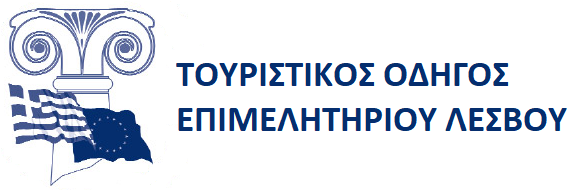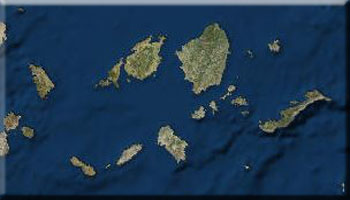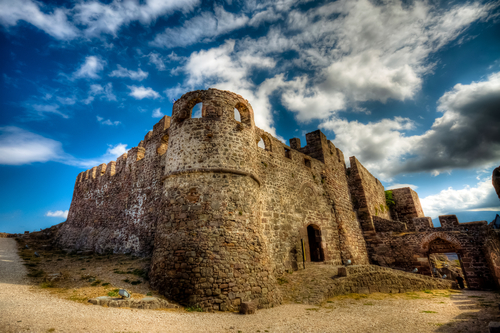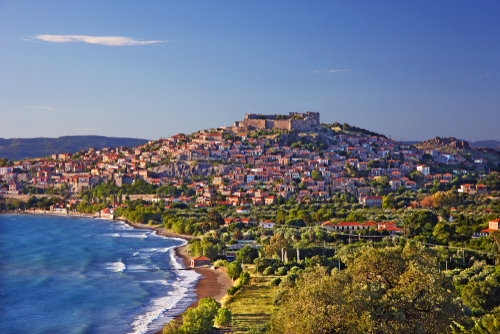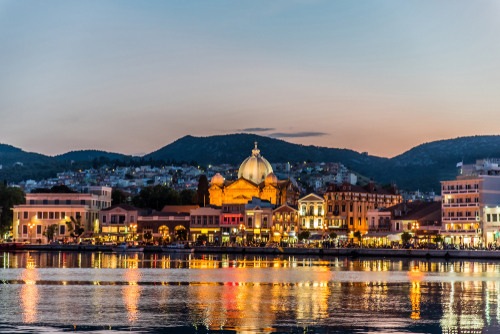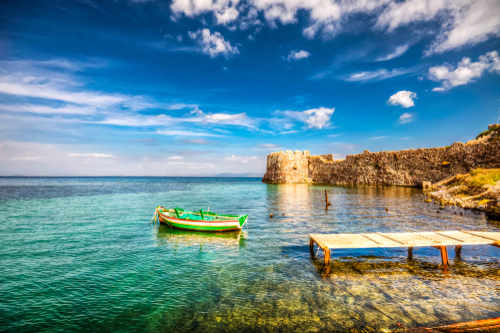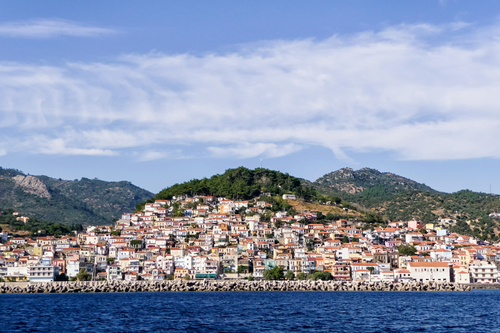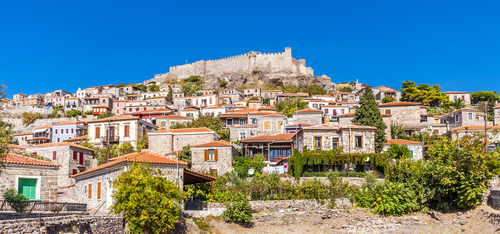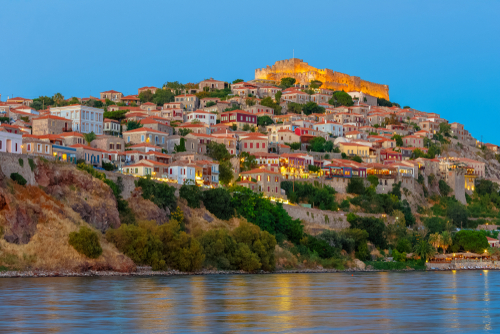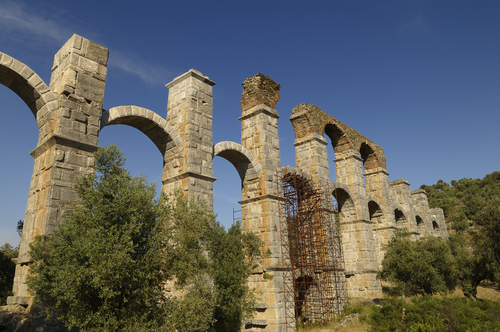LIMNOS - NATURAL ENVIRONMENT
Limnos reveals its beauty gradually, but it will win you over immediately. Its glorious sea with its warm crystal clear waters, its clean beaches, its traditional communities, its volcanic landscapes, its wetlands, are just some components of the island’s natural beauty. The island’s flora includes brush - wood, sea daffodils and isolated clumps of oak trees. The absence of forests on the island is mainly due to animal grazing, geological conditions and prevailing strong winds, which do not allow for the vertical growth of flora.
However, there are habitats of a very unique character that attract travelers from the whole world. In the island’s north, at Gomati beach, the renowned sand dunes or ‘thick sands’ roll out, creating truly rare scenery. The sand dunes can be reached at the end of an impressive route through wild olive trees, astivia bushes (Poterium spinosum) and asphodels along Gomati beach. These are important, fragile habitats, home to plants and animals that have adapted through millennia to such harsh environmental conditions.
One of the island’s hidden beauties is ‘Kremasta Nera’ (Hanging Waters), which is near Kaspakas village, in Katsaitis gorge. An imposing waterfall and small pools at its base offer a haven to aquatic organisms, adapted to a Lilliputian self-sustaining habitat.
Alyki, Chortarolimni and Asprolimni are singularly beautiful wetlands that have been incorporated in the NATURA 2000 network. They are home to more than 250 species of rare birds, many of which are endangered, and pique the interest of bird watching fans, an activity that is gaining ground because it combines nature touring with the joy of discovery.
The exploration of Limnos’ wild nature starts with some of the most impressive hik - ing routes, such as the one leading to the Chapel of Panagia Kakaviotissa. To reach the rock on which the chapel is built, you will have to cross the village of Thanos, starting from Evgatis beach.
Near the Cabeiroi sanctum, at Kondopouli, you can visit the cave of Philoctetes, which has two entrances, one on the side of the rock and one from the sea. According to mythology, during the first campaign against Troy, the Achaeans abandoned Philoctetes, the hero in Sophocles’ tragedy of the same name, on Limnos and left for Troy, because a snake had bitten his leg, causing him great pains and causing a terrible odour to emanate from his wound. Philoctetes was left on the island for twelve years, living in a cave, hunting for his food using Heracles’ weapons, and finding relief from the pains in his leg by applying Limnia earth. Other caves can be found in the inacces - sible area of Megalo Fanaraki, near Mou - dros, where Limnos Petrified Forest lies. 20 million years ago the entire island was covered by forests of palm trees, pine trees, giant sequoias, until they were all covered by volcanic lava.
In the region of Kornos village lies the spring of Therma, the only therapeutic spring on Limnos, at the foot of Mt. Profitis Elias, where the church to the prophet has been erected. The therapeutic spring, known since antiquity, lies on the edge of a major 1200m geological fault. Its temperature is 42° C around the year. The water at Therma is potable and appropriate for both spa and drinking therapy, since it contains a minimal quantity of minerals.
Finally, To the east of Atsiki lies the area of Falakra, with impressive ores, weirdly shaped rocks and picturesque coves.
